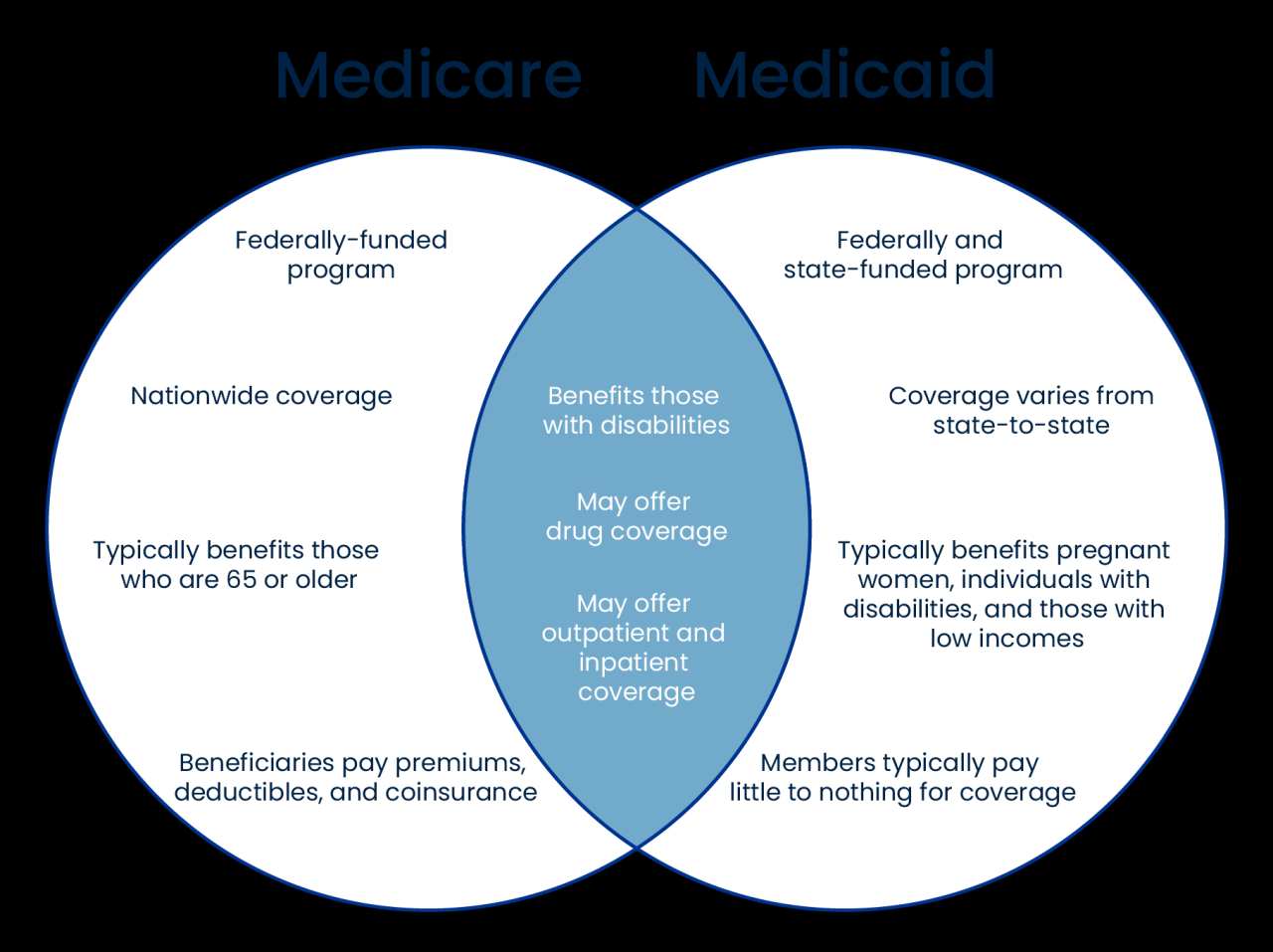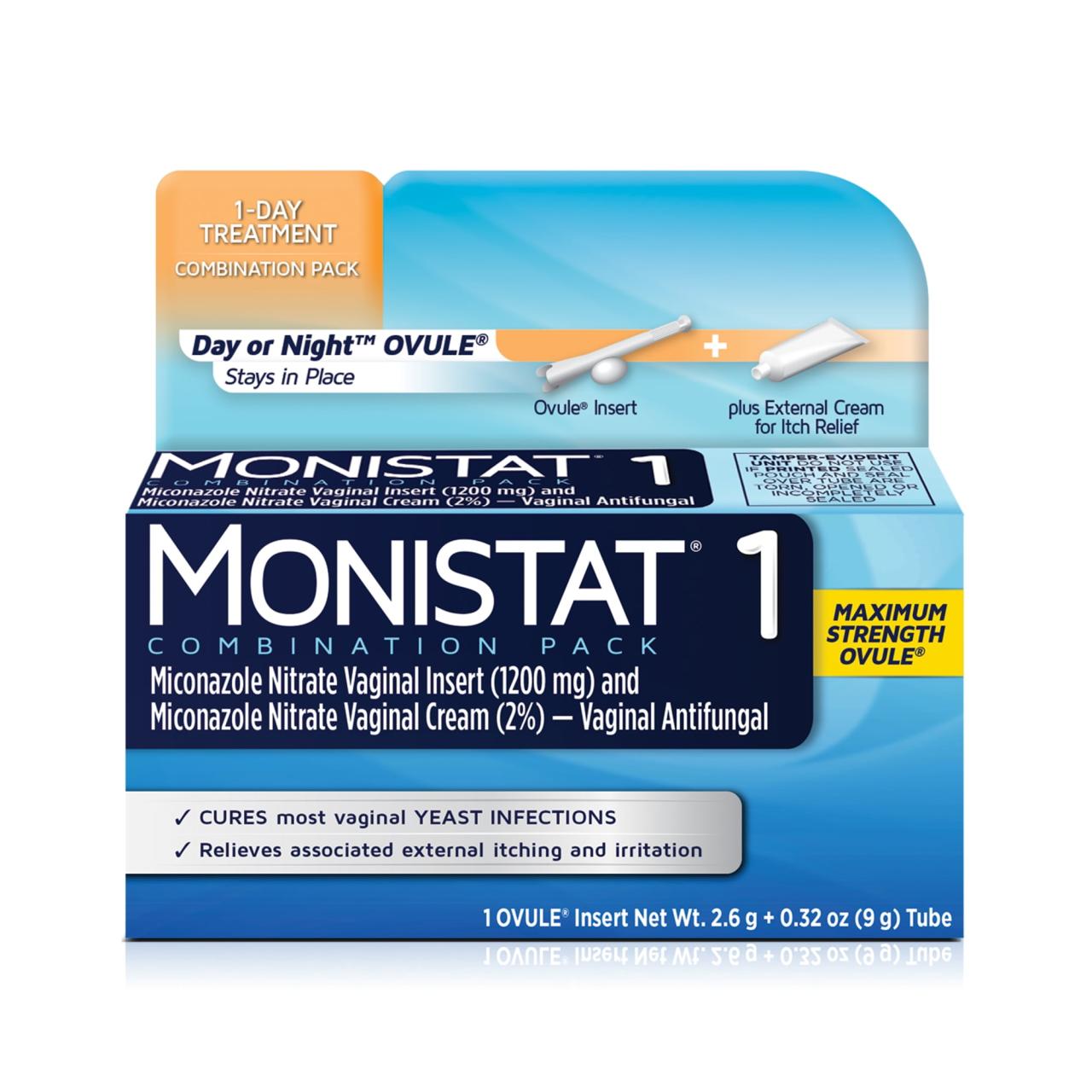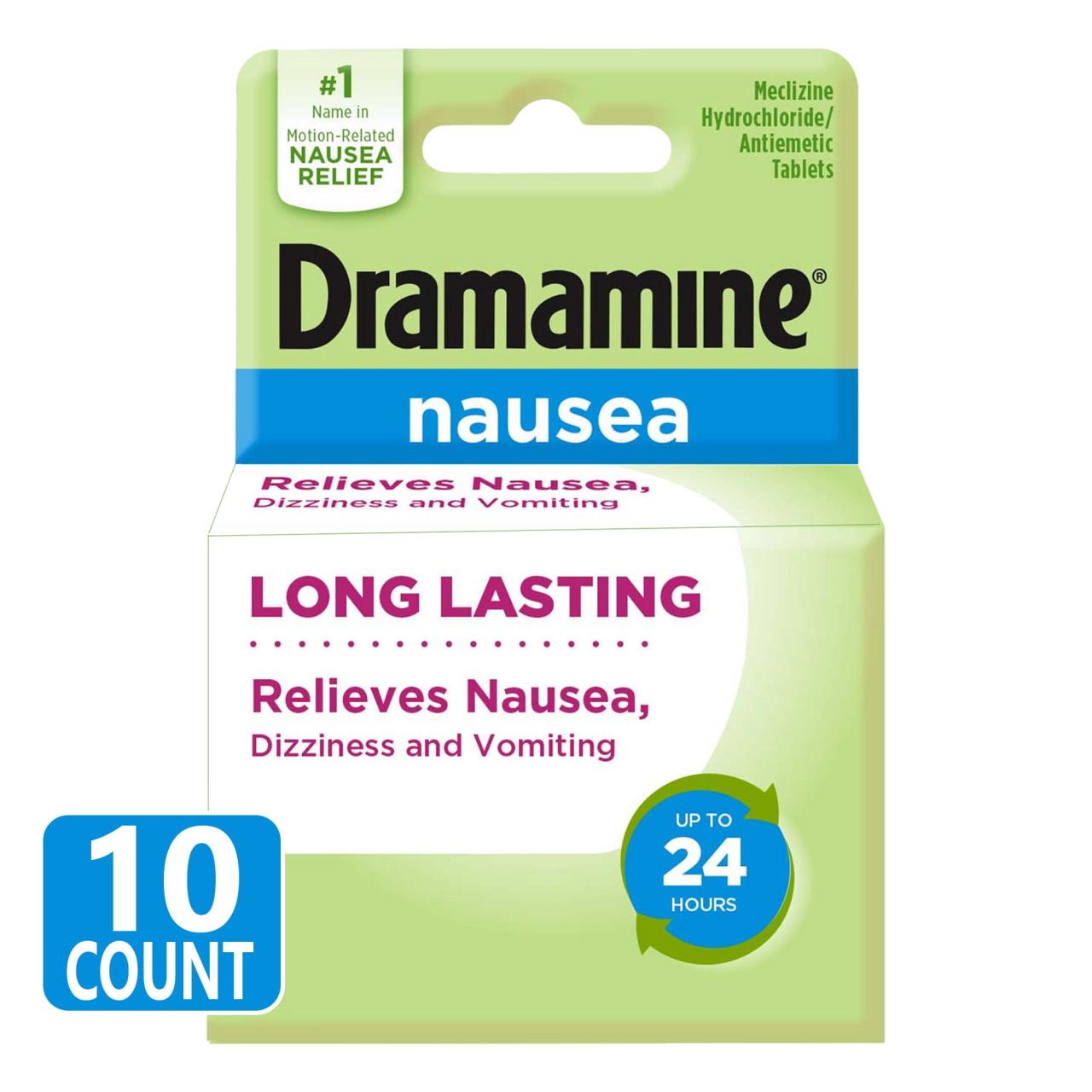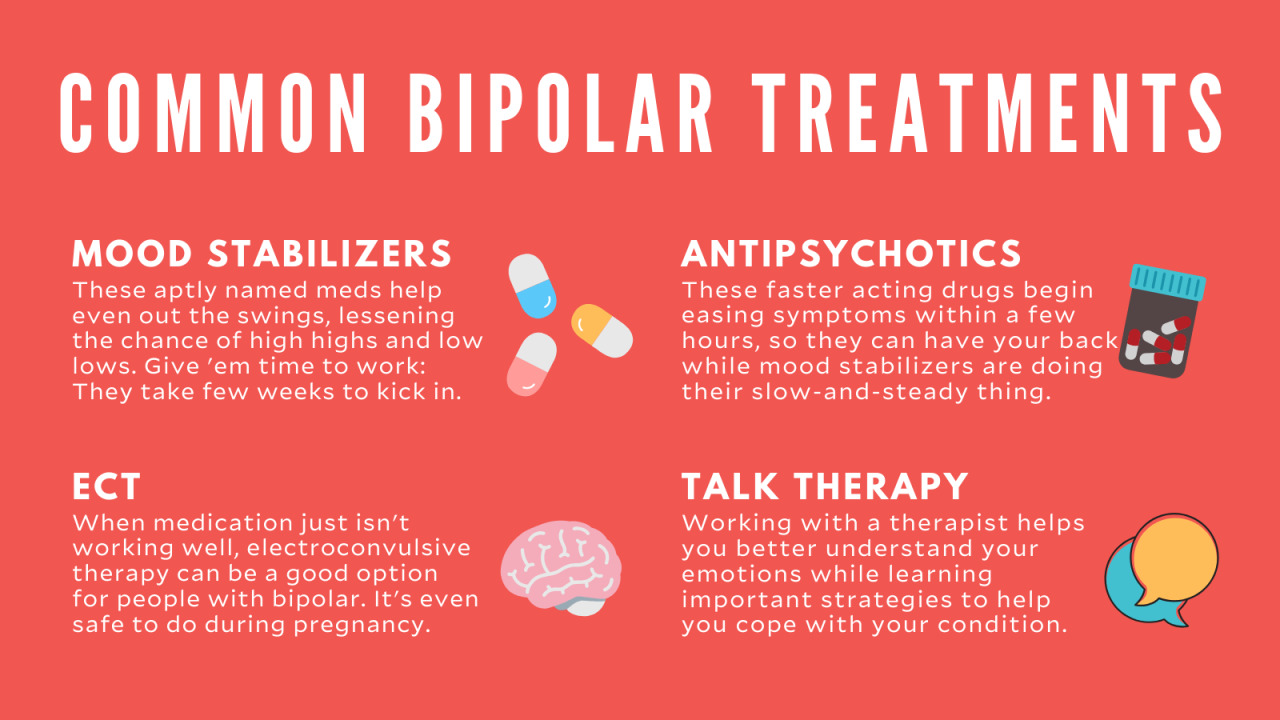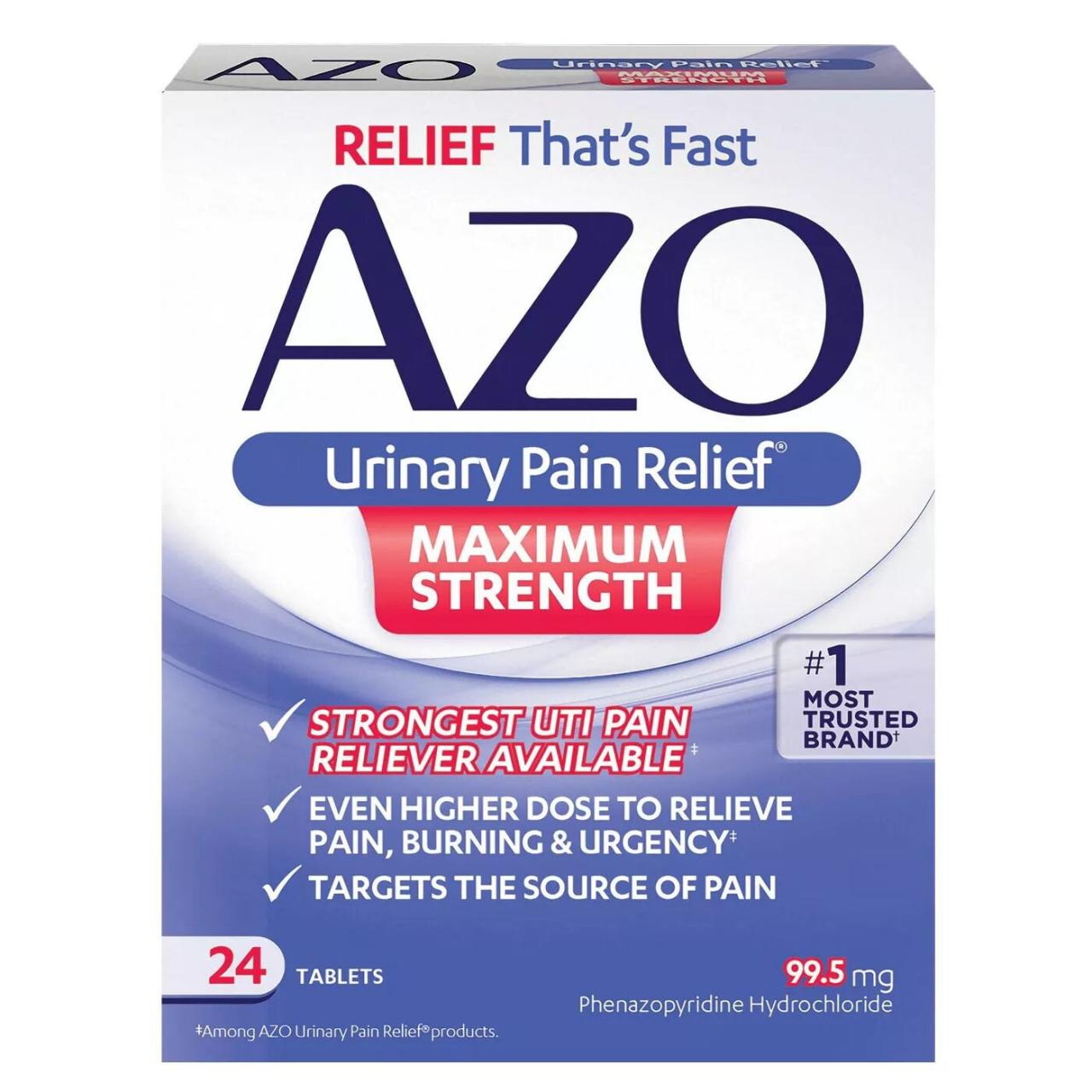Gout medication plays a crucial role in managing this painful inflammatory condition. It’s a complex topic, but understanding the different types of medications, their mechanisms of action, and potential side effects can empower you to work with your doctor to find the best treatment plan for you.
Whether you’re experiencing your first gout attack or dealing with chronic gout, this guide will provide you with valuable insights into the medications available, their effectiveness, and the importance of lifestyle modifications.
Understanding Gout
Gout is a painful form of arthritis that occurs when there is a buildup of uric acid in the body. Uric acid is a natural waste product that is produced when your body breaks down purines, which are found in many foods.
Normally, uric acid dissolves in your blood and passes through your kidneys into your urine. However, if you have gout, your body either produces too much uric acid or doesn’t get rid of it efficiently enough. This causes uric acid to build up in your blood and form sharp crystals in your joints, leading to inflammation and pain.
Causes of Gout
There are a number of factors that can contribute to the development of gout, including:
- Genetics:Gout can run in families.
- Diet:Consuming foods high in purines, such as red meat, seafood, and alcohol, can increase your risk of gout.
- Weight:Being overweight or obese increases your risk of gout.
- Certain medications:Some medications, such as diuretics and low-dose aspirin, can increase uric acid levels.
- Medical conditions:Certain medical conditions, such as kidney disease and diabetes, can increase your risk of gout.
The Role of Uric Acid in Gout Development
Uric acid is a natural byproduct of purine metabolism. When uric acid levels in the blood become too high, it can crystallize in the joints, causing inflammation and pain. This process is known as gout.
Types of Gout Medications
There are several different types of medications used to treat gout. These medications can be categorized by their mechanism of action:
- Uricosuric agents:These medications help to increase the excretion of uric acid in the urine. Examples include probenecid and sulfinpyrazone.
- Xanthine oxidase inhibitors:These medications block the production of uric acid. Examples include allopurinol and febuxostat.
- Nonsteroidal anti-inflammatory drugs (NSAIDs):These medications reduce inflammation and pain. Examples include ibuprofen, naproxen, and celecoxib.
- Corticosteroids:These medications are powerful anti-inflammatory drugs that can be used to treat severe gout attacks. Examples include prednisone and methylprednisolone.
- Colchicine:This medication helps to reduce inflammation and pain associated with gout attacks. It is often used to prevent gout attacks or to treat them in the early stages.
Medication Types
Understanding how each type of gout medication works is crucial for effective management of the condition. Let’s delve deeper into each category.
Uricosuric Agents
Uricosuric agents work by increasing the excretion of uric acid in the urine. They do this by inhibiting the reabsorption of uric acid in the kidneys. This results in lower uric acid levels in the blood, reducing the risk of gout attacks.
- Probenecid:Probenecid is a commonly prescribed uricosuric agent. It is typically taken once or twice a day. Potential side effects include stomach upset, rash, and kidney stones.
- Sulfinpyrazone:Sulfinpyrazone is another uricosuric agent that is similar to probenecid. It is typically taken once or twice a day. Potential side effects include stomach upset, rash, and liver problems.
Xanthine Oxidase Inhibitors
Xanthine oxidase inhibitors work by blocking the enzyme xanthine oxidase, which is involved in the production of uric acid. This leads to a decrease in uric acid levels in the blood, reducing the risk of gout attacks.
- Allopurinol:Allopurinol is a commonly prescribed xanthine oxidase inhibitor. It is typically taken once a day. Potential side effects include rash, nausea, and liver problems.
- Febuxostat:Febuxostat is another xanthine oxidase inhibitor that is similar to allopurinol. It is typically taken once a day. Potential side effects include rash, nausea, and liver problems.
Nonsteroidal Anti-inflammatory Drugs (NSAIDs)
NSAIDs are a common type of medication used to reduce inflammation and pain. They work by inhibiting the production of prostaglandins, which are chemicals that contribute to inflammation.
- Ibuprofen:Ibuprofen is a commonly prescribed NSAID. It is typically taken three or four times a day. Potential side effects include stomach upset, heartburn, and ulcers.
- Naproxen:Naproxen is another commonly prescribed NSAID. It is typically taken once or twice a day. Potential side effects include stomach upset, heartburn, and ulcers.
- Celecoxib:Celecoxib is a COX-2 inhibitor, a type of NSAID that is specifically designed to target the enzyme COX-2, which is involved in inflammation. It is typically taken once or twice a day. Potential side effects include stomach upset, heartburn, and an increased risk of heart attack and stroke.
Corticosteroids
Corticosteroids are powerful anti-inflammatory drugs that can be used to treat severe gout attacks. They work by suppressing the immune system, which helps to reduce inflammation.
- Prednisone:Prednisone is a commonly prescribed corticosteroid. It is typically taken once or twice a day. Potential side effects include weight gain, mood swings, and high blood sugar.
- Methylprednisolone:Methylprednisolone is another commonly prescribed corticosteroid. It is typically taken once or twice a day. Potential side effects include weight gain, mood swings, and high blood sugar.
Colchicine
Colchicine is a medication that helps to reduce inflammation and pain associated with gout attacks. It is often used to prevent gout attacks or to treat them in the early stages. It works by interfering with the movement of white blood cells to the affected joint.
- Colchicine:Colchicine is typically taken orally, usually in a single dose at the onset of a gout attack. Potential side effects include nausea, diarrhea, and muscle weakness.
Common Gout Medications
The following is a list of common gout medications available in the market. This list is not exhaustive and does not substitute for medical advice. Always consult your healthcare provider for personalized treatment options.
Uricosuric Agents
- Probenecid (Benemid):Typically taken once or twice a day. Potential side effects include stomach upset, rash, and kidney stones.
- Sulfinpyrazone (Anturane):Typically taken once or twice a day. Potential side effects include stomach upset, rash, and liver problems.
Xanthine Oxidase Inhibitors
- Allopurinol (Zyloprim):Typically taken once a day. Potential side effects include rash, nausea, and liver problems.
- Febuxostat (Uloric):Typically taken once a day. Potential side effects include rash, nausea, and liver problems.
Nonsteroidal Anti-inflammatory Drugs (NSAIDs)
- Ibuprofen (Advil, Motrin):Typically taken three or four times a day. Potential side effects include stomach upset, heartburn, and ulcers.
- Naproxen (Aleve, Naprosyn):Typically taken once or twice a day. Potential side effects include stomach upset, heartburn, and ulcers.
- Celecoxib (Celebrex):Typically taken once or twice a day. Potential side effects include stomach upset, heartburn, and an increased risk of heart attack and stroke.
Corticosteroids
- Prednisone (Deltasone):Typically taken once or twice a day. Potential side effects include weight gain, mood swings, and high blood sugar.
- Methylprednisolone (Medrol):Typically taken once or twice a day. Potential side effects include weight gain, mood swings, and high blood sugar.
Colchicine
- Colchicine (Colcrys):Typically taken orally, usually in a single dose at the onset of a gout attack. Potential side effects include nausea, diarrhea, and muscle weakness.
Dosage and Administration
The dosage and administration of gout medications vary depending on the individual’s condition, medical history, and other factors. It is essential to follow your healthcare provider’s instructions carefully.
Potential Side Effects and Drug Interactions
All medications have the potential for side effects and drug interactions. It is important to discuss any potential side effects or drug interactions with your healthcare provider before starting any new medication.
Lifestyle Modifications
While medication plays a vital role in managing gout, lifestyle modifications can significantly contribute to long-term control and prevention of gout attacks.
Diet
Dietary changes are crucial for managing gout. It is important to limit your intake of purines, which are found in certain foods. Some recommendations include:
- Limit red meat:Red meat is high in purines. Choose lean protein sources like chicken, fish, and beans.
- Avoid organ meats:Organ meats like liver and kidneys are very high in purines.
- Reduce seafood consumption:Some seafood, like shellfish and anchovies, are high in purines.
- Limit alcohol:Alcohol can increase uric acid levels.
- Drink plenty of fluids:Staying hydrated helps flush uric acid from your body.
- Choose low-fat dairy products:Low-fat dairy products can help lower uric acid levels.
Exercise
Regular exercise can help manage gout by promoting weight loss and improving overall health. Aim for at least 30 minutes of moderate-intensity exercise most days of the week.
Avoiding Gout Triggers
Identifying and avoiding gout triggers can help prevent attacks. Some common triggers include:
- Certain foods:High-purine foods, alcohol, and sugary drinks can trigger gout attacks.
- Stress:Stress can contribute to gout attacks.
- Trauma:Injury or surgery can trigger gout attacks.
- Medications:Certain medications, such as diuretics and low-dose aspirin, can increase uric acid levels and trigger gout attacks.
Patient Considerations
Managing gout effectively involves a collaborative effort between you and your healthcare provider. Patient education and self-management play a crucial role in achieving long-term control of the condition.
Regular Medical Checkups
Regular medical checkups are essential for monitoring your gout and ensuring that your treatment plan is effective. Your healthcare provider will monitor your uric acid levels and adjust your medication as needed. They will also discuss any lifestyle changes you need to make to manage your gout.
Patient Education and Self-Management
Understanding gout and its management is crucial for effective self-care. Learn about the different types of gout medications, their potential side effects, and lifestyle changes that can help manage the condition. This knowledge empowers you to actively participate in your treatment plan and make informed decisions about your health.
Open Communication with Healthcare Providers, Gout medication
Open communication with your healthcare provider is essential for effective gout management. Don’t hesitate to ask questions about your condition, treatment options, and potential side effects. Be honest about any lifestyle changes you are struggling with and any concerns you may have.
Final Review
Managing gout requires a multifaceted approach. While medication is often essential for pain relief and preventing future attacks, it’s equally important to adopt healthy lifestyle habits. By understanding your condition, working closely with your healthcare provider, and making informed choices, you can effectively manage gout and enjoy a better quality of life.


